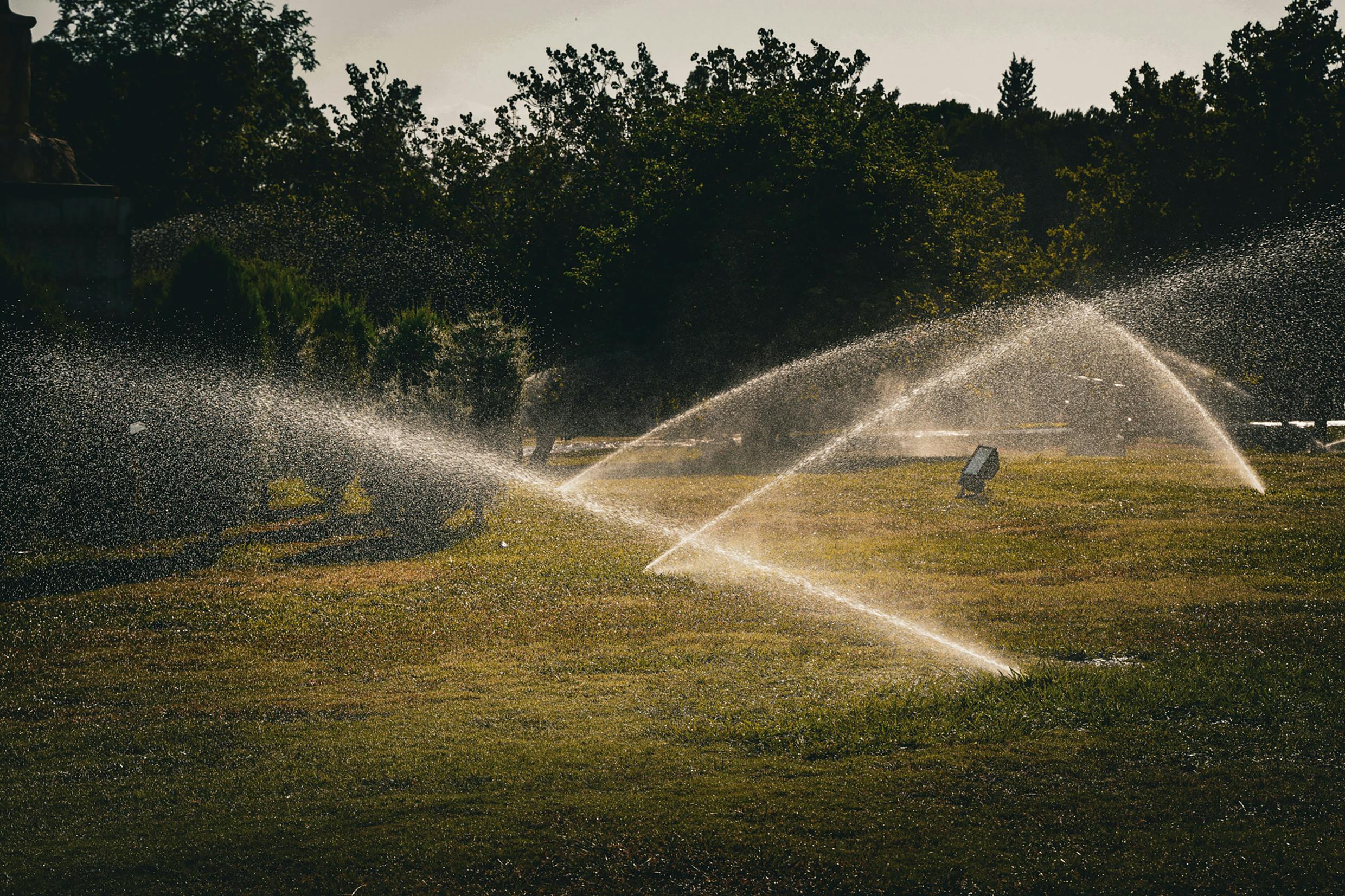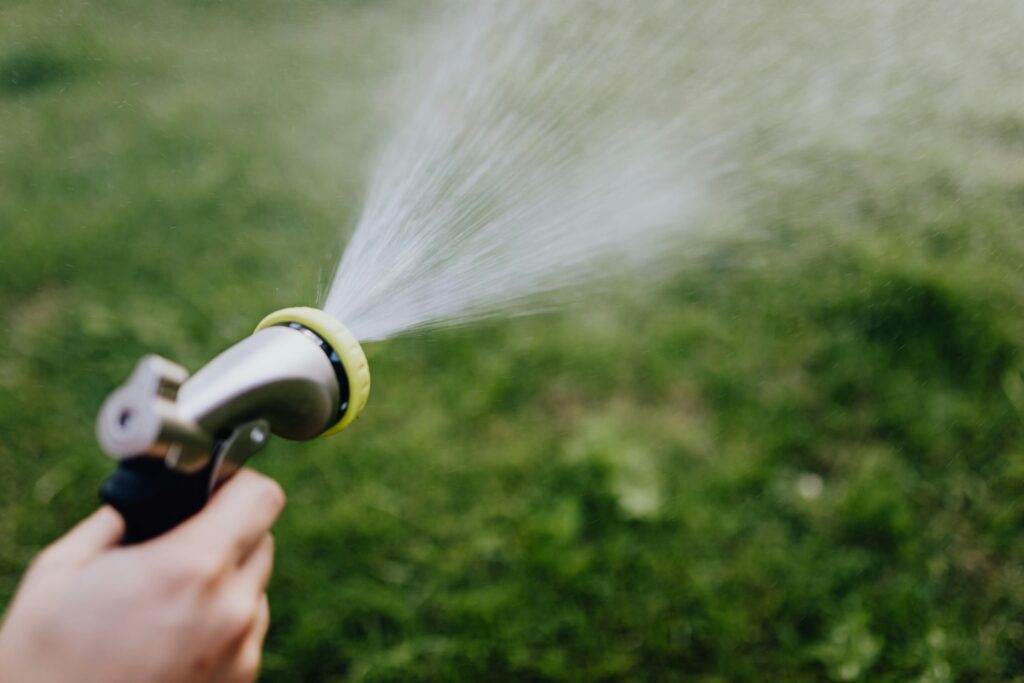
As the vibrant colors of spring start to bloom, garden enthusiasts eagerly prepare for the bountiful season ahead. One crucial aspect of maintaining a thriving garden during this time is mastering the art of garden watering in spring. Whether you’re a seasoned gardener or a complete novice, understanding the ins and outs of spring garden watering can make a world of difference in the health and vitality of your plants.
In this comprehensive guide on spring garden watering, we will delve into the importance of proper watering techniques, the best practices for watering different types of plants, and how to create a watering schedule that ensures your garden flourishes throughout the spring season. By the end of this article, you will be equipped with the knowledge and tools necessary to nurture your garden to its fullest potential and achieve that coveted lush and vibrant oasis you’ve always dreamed of. So, grab your watering can and let’s embark on this journey to unlock the secret to a thriving spring garden!
The Importance and Methods of Spring Garden Irrigation Spring Garden Irrigation: Ensuring your Garden Thrives
Spring is a time of renewal and growth in the garden, with plants emerging from their winter slumber and beginning to show signs of life. One of the most critical aspects of caring for your garden during this time is ensuring proper irrigation. The spring months bring unpredictable weather patterns, with fluctuating temperatures and sporadic rainfall, making it essential to have a well-planned watering routine in place.
Proper irrigation in the spring is crucial for the health and vitality of your garden. Without adequate water, plants may struggle to establish themselves, develop weak root systems, and fail to reach their full potential. By providing the right amount of moisture at the right time, you can support plant growth, encourage blooming, and ward off stress-induced diseases.
According to the Environmental Protection Agency, over 30% of residential water use in the United States is attributed to outdoor watering, highlighting the significance of efficient irrigation practices. By implementing water-saving techniques such as drip irrigation, mulching, and rainwater harvesting, gardeners can minimize waste and promote sustainability in their gardening endeavors.
Let’s consider an example of a successful spring garden irrigation strategy in action. Jennifer, a passionate gardener from California, faced dry and hot spring conditions that posed a challenge to her delicate flower beds. By installing a drip irrigation system and incorporating a moisture-retaining mulch, Jennifer was able to ensure consistent hydration for her plants while reducing water consumption. As a result, her garden flourished with vibrant blooms and lush foliage throughout the spring season.
In conclusion, the proper irrigation of your garden in spring is essential for nurturing healthy plants, conserving water, and promoting sustainable gardening practices. By understanding the importance of spring garden irrigation and implementing effective watering strategies, you can create a thriving garden that brings beauty and joy throughout the season.
How to apply spring garden watering step by step
– Assess your garden’s watering needs: Before starting to water your garden in spring, take a close look at the type of plants you have, the soil moisture level, and the weather conditions in your area. This analysis will help you determine how often and how much water your garden needs.
– Choose the right watering method: Depending on the size of your garden and the types of plants you have, you can choose between different watering methods such as drip irrigation, soaker hoses, sprinklers, or hand watering. Select the method that is most efficient and effective for your garden.
– Establish a watering schedule: Create a watering schedule based on the specific needs of your plants and the weather patterns in your area. In general, it’s better to water deeply and less frequently to encourage deep root growth. Avoid watering during the hottest hours of the day to prevent water evaporation.
– Monitor soil moisture levels: Use a moisture meter or simply dig a small hole in the soil to check the moisture level before watering. Overwatering can lead to root rot, while underwatering can stress your plants. Adjust your watering schedule accordingly based on the soil moisture readings.
– Implement water-saving techniques: Consider collecting rainwater in a barrel or using greywater from your household for watering the garden. Mulching around your plants can help retain soil moisture and reduce the need for frequent watering. These water-saving techniques can not only help conserve water but also promote a healthier garden in the long run.
By following these steps, you can effectively apply spring garden watering techniques to ensure the health and vitality of your plants throughout the growing season.
Tips for “Spring Garden Irrigation”:
✅ Choose the right time: Water your garden in the morning or evening to minimize evaporation and ensure plants absorb the water efficiently.
❌ Avoid overwatering: Too much water can lead to root rot and other diseases. Make sure to water plants only when necessary.
💡 Extra tip: Consider investing in a drip irrigation system to deliver water directly to the roots of plants, reducing water waste and promoting healthy growth.
✅ Check soil moisture: Determine if your plants need watering by checking the soil moisture level. Stick your finger into the soil to feel if it’s dry or moist.
❌ Don’t water in windy conditions: Water droplets may be blown away from the plants, leading to uneven watering and water loss.
💡 Extra tip: Mulch the soil to help retain moisture and reduce the frequency of watering needed for your garden.
✅ Water deeply and infrequently: Encourage deep root growth by watering plants deeply but less frequently. This helps plants develop stronger root systems.
❌ Avoid spraying foliage: Water the soil around the plants rather than the leaves to prevent fungal diseases and sunburn.
💡 Extra tip: Group plants with similar watering needs together to ensure efficient irrigation and healthy growth in your garden.
Remember to adjust your watering schedule based on weather conditions and the specific requirements of your plants to promote a thriving spring garden.

Concept Key Concepts
In the realm of gardening, the concept of watering in spring is fundamental to the success of a garden. Understanding the key concepts related to watering practices during this season can greatly impact the health and vitality of plants. In this section, we will delve into some essential concepts to deepen your knowledge and enhance your gardening skills when it comes to watering your garden in spring.
1. Hydration Requirements: One of the fundamental concepts to grasp when it comes to watering your garden in spring is understanding the hydration requirements of different plant species. Just like humans, plants have varying needs when it comes to water intake. Some plants thrive in moist conditions, while others prefer drier soil. By familiarizing yourself with the hydration preferences of your plants, you can ensure they receive the right amount of water to flourish.
2. Soil Composition: Another crucial concept to consider is the composition of the soil in your garden. The type of soil you have can greatly influence how water is retained and distributed to plant roots. For example, sandy soils drain quickly, requiring more frequent watering, while clay soils retain moisture longer. Understanding the characteristics of your soil can help you adjust your watering schedule accordingly.
3. Root Depth: The depth at which plant roots grow is a key concept to bear in mind when watering your garden. Plants with shallow roots will need more frequent watering, as their access to water is limited. On the other hand, plants with deep roots can source water from deeper soil layers and may require less frequent watering. By understanding the root depth of your plants, you can tailor your watering regime to meet their specific needs.
4. Timing and Frequency: The timing and frequency of watering are important concepts to master in spring gardening. Watering early in the morning is often recommended, as it allows plants to absorb moisture before the heat of the day. Additionally, establishing a regular watering schedule based on the needs of your plants can promote healthy growth and prevent issues such as overwatering or underwatering.
5. Mulching: Mulching is a concept that can greatly impact the efficiency of watering in your garden. By applying a layer of mulch around your plants, you can help retain soil moisture, regulate temperature, and suppress weed growth. Mulching not only conserves water but also promotes overall soil health, creating a more favorable environment for plant growth.
By grasping these key concepts related to watering in spring, you can enhance your gardening practices and promote the health and beauty of your garden. Taking the time to understand the hydration requirements of your plants, the composition of your soil, root depth considerations, optimal timing and frequency of watering, as well as the benefits of mulching, can empower you to become a more knowledgeable and effective gardener.
FAQs about Spring Garden Irrigation
❓ Why is watering important for a garden in spring? Watering in spring is crucial because plants are actively growing and need sufficient moisture to thrive during this period of intense growth.
❗ Remember: The watering needs of each plant can vary, so it’s essential to monitor the soil and plant conditions regularly.
❓ How often should I water my garden in spring? The frequency of watering in spring depends on various factors such as the type of plants, soil type, weather conditions, and drainage. Generally, it’s recommended to water deeply but less frequently to encourage deep root growth.
❗ Pro Tip: Check the moisture level in the soil before watering to prevent overwatering, which can lead to root rot.
❓ What is the best time of day to water the garden in spring? The best time to water your garden in spring is early in the morning. This allows the plants to absorb moisture before the heat of the day evaporates the water. Avoid watering in the evening to prevent fungal diseases.
❗ Did You Know? Watering in the morning also helps reduce water loss due to evaporation.
❓ Can I use a sprinkler system for watering my garden in spring? Using a sprinkler system can be convenient for watering a large garden in spring. However, be mindful of the water distribution and avoid overhead watering late in the day to prevent fungal issues.
❗ Important: Adjust the sprinkler system based on the specific watering needs of different areas in your garden.

One thought on “The Secret to Lush Gardens: Spring Garden Watering Guide”